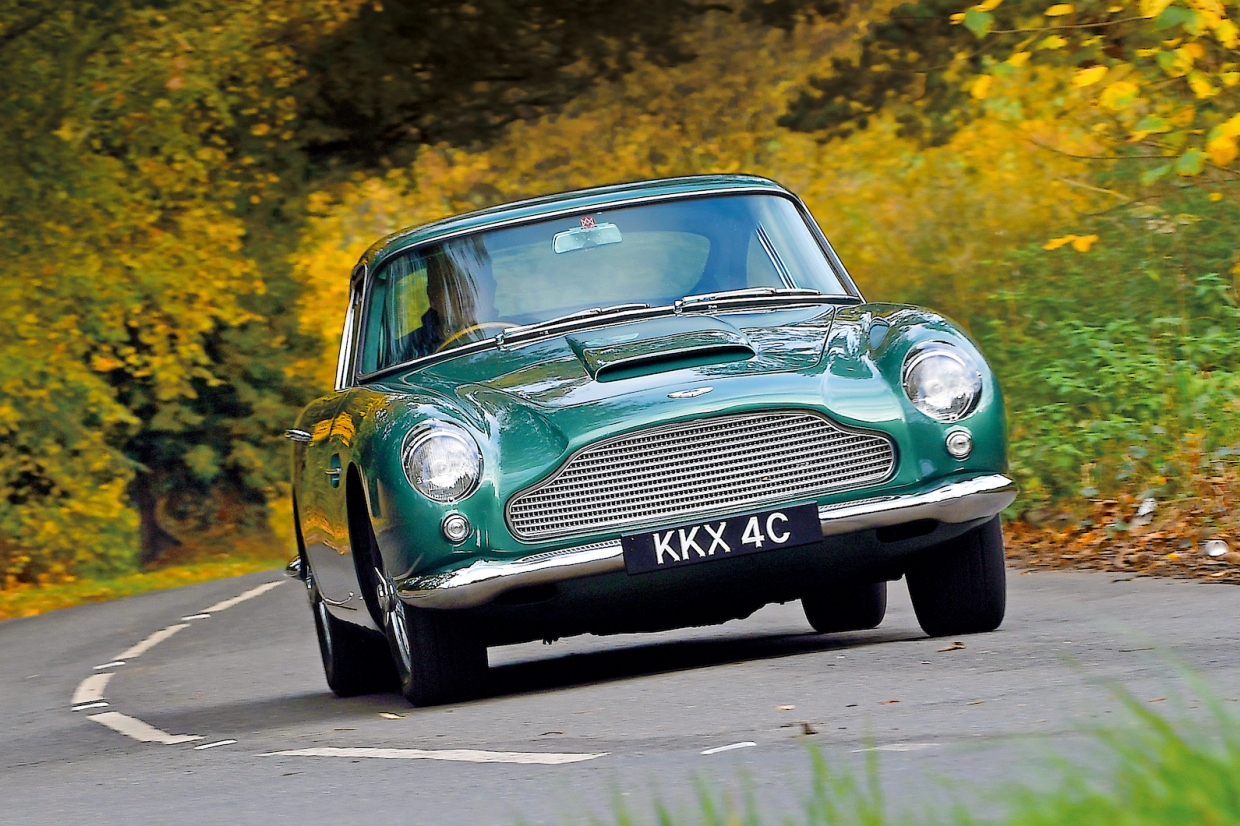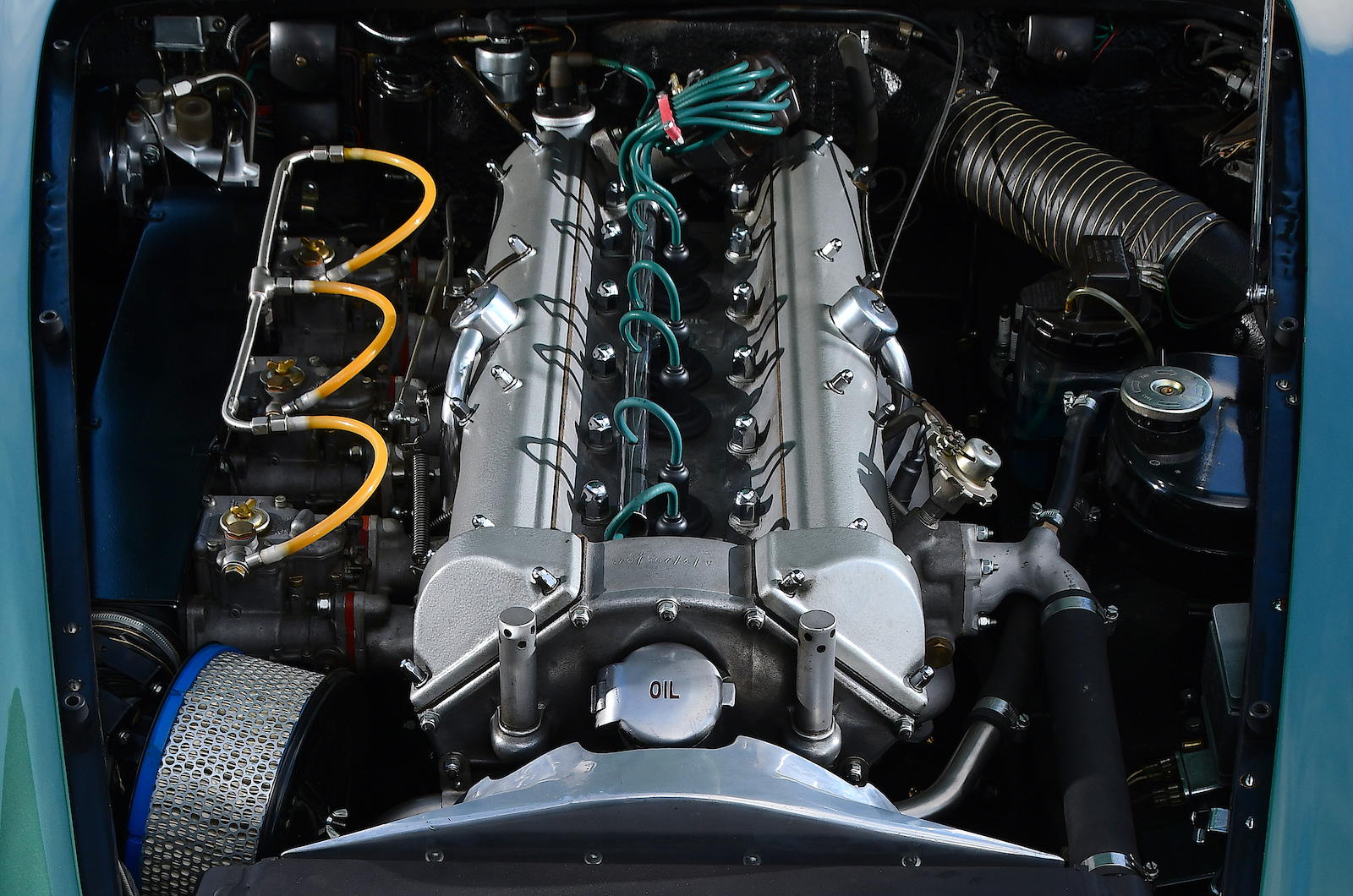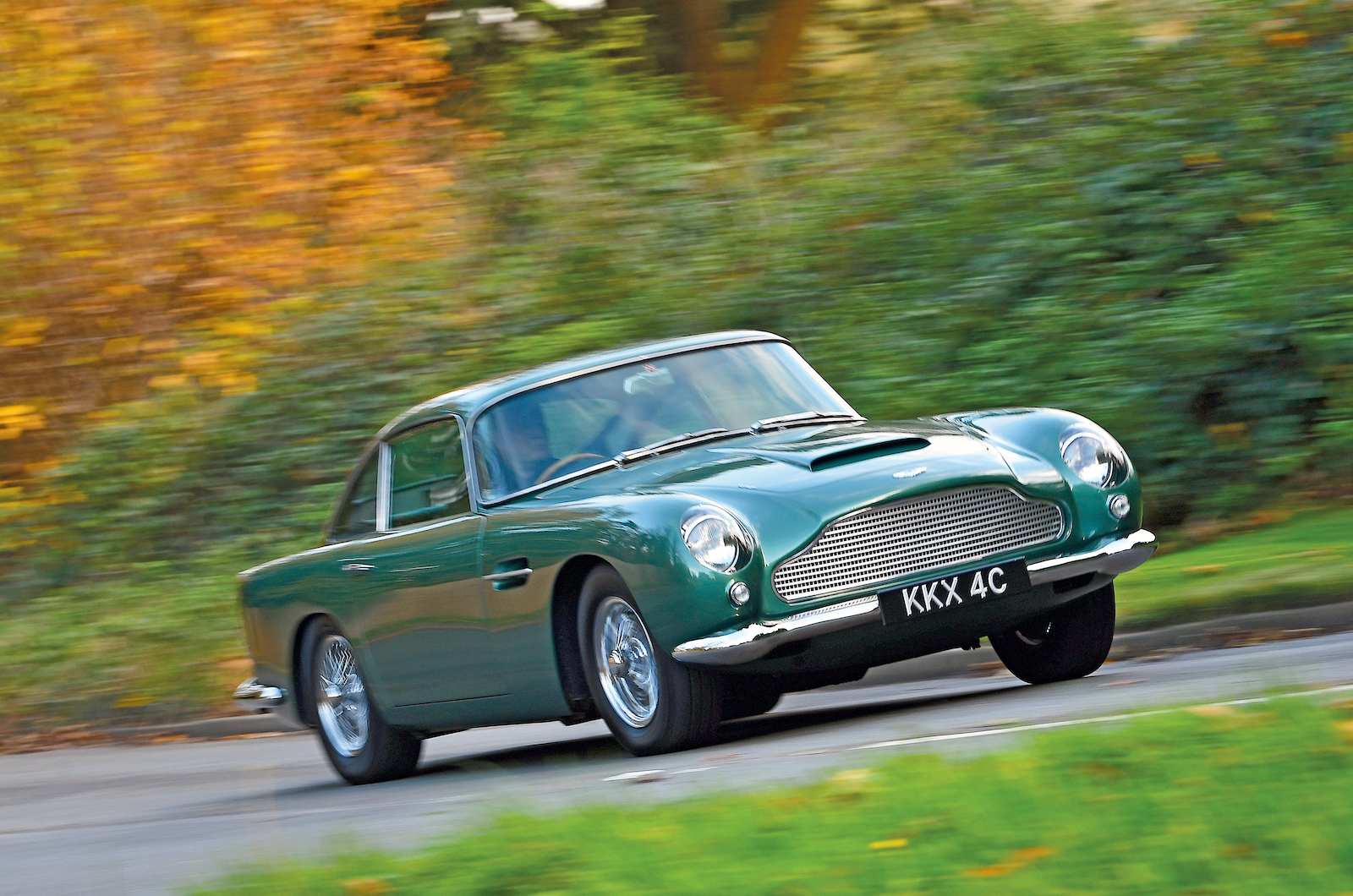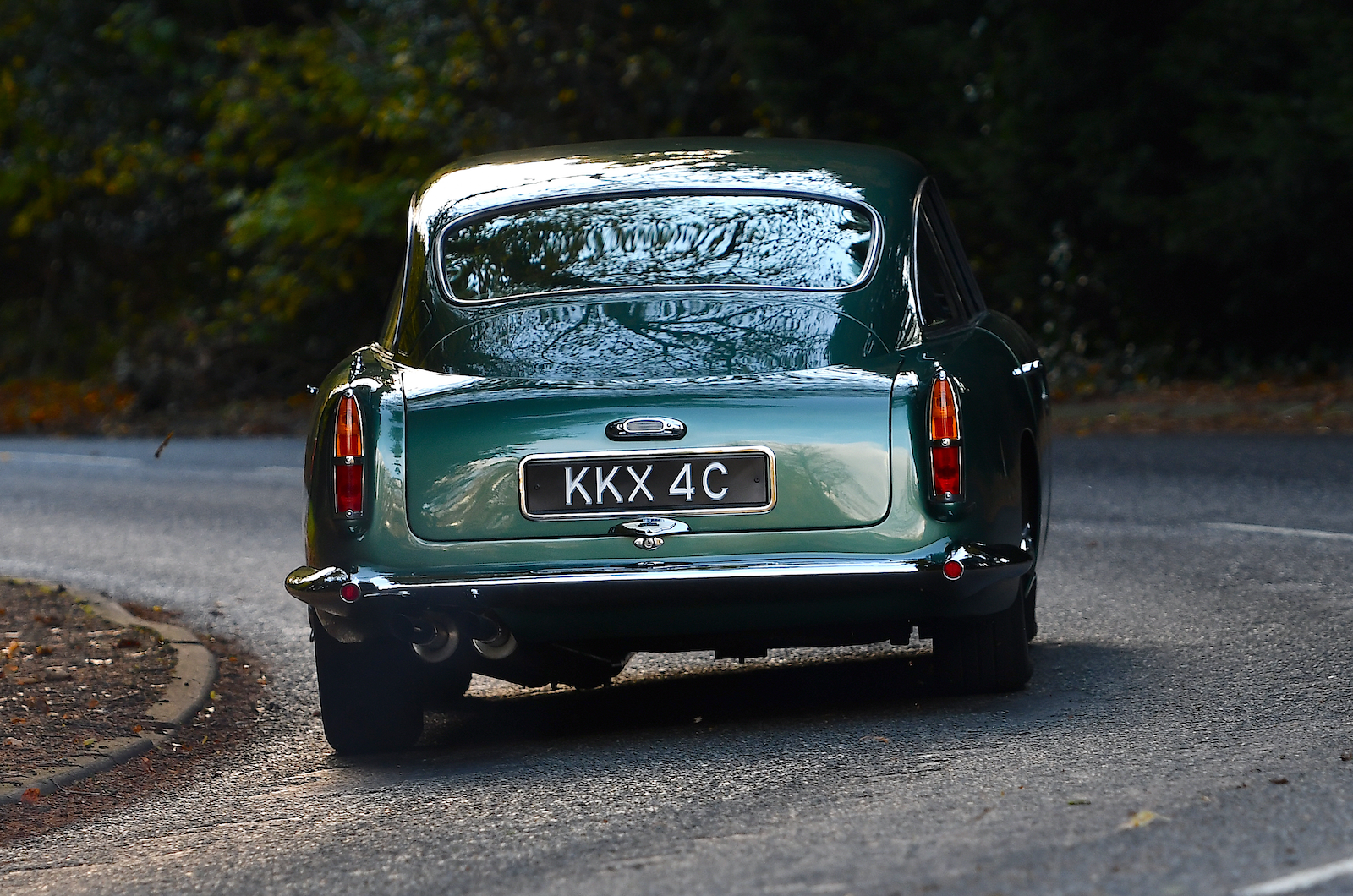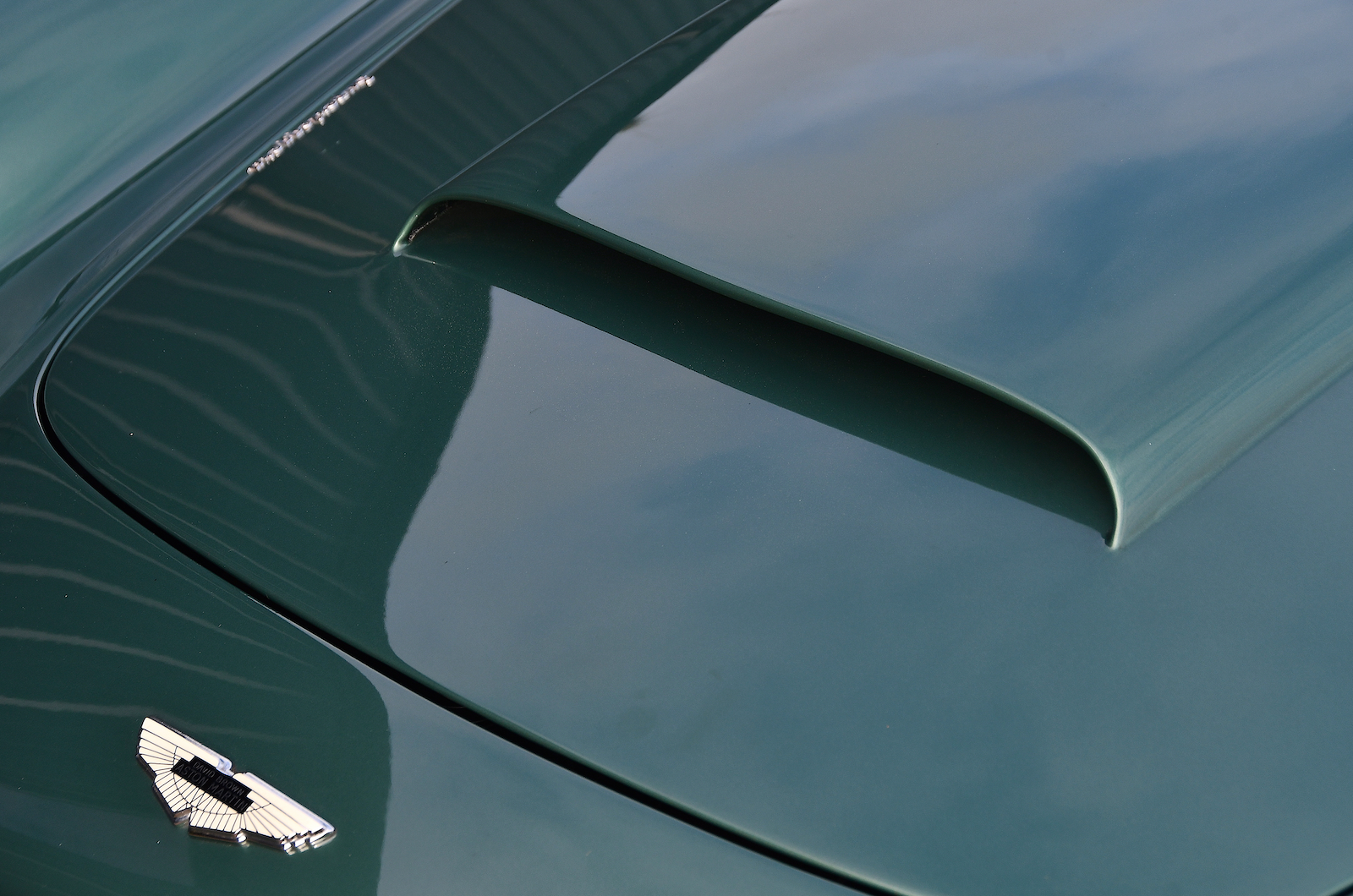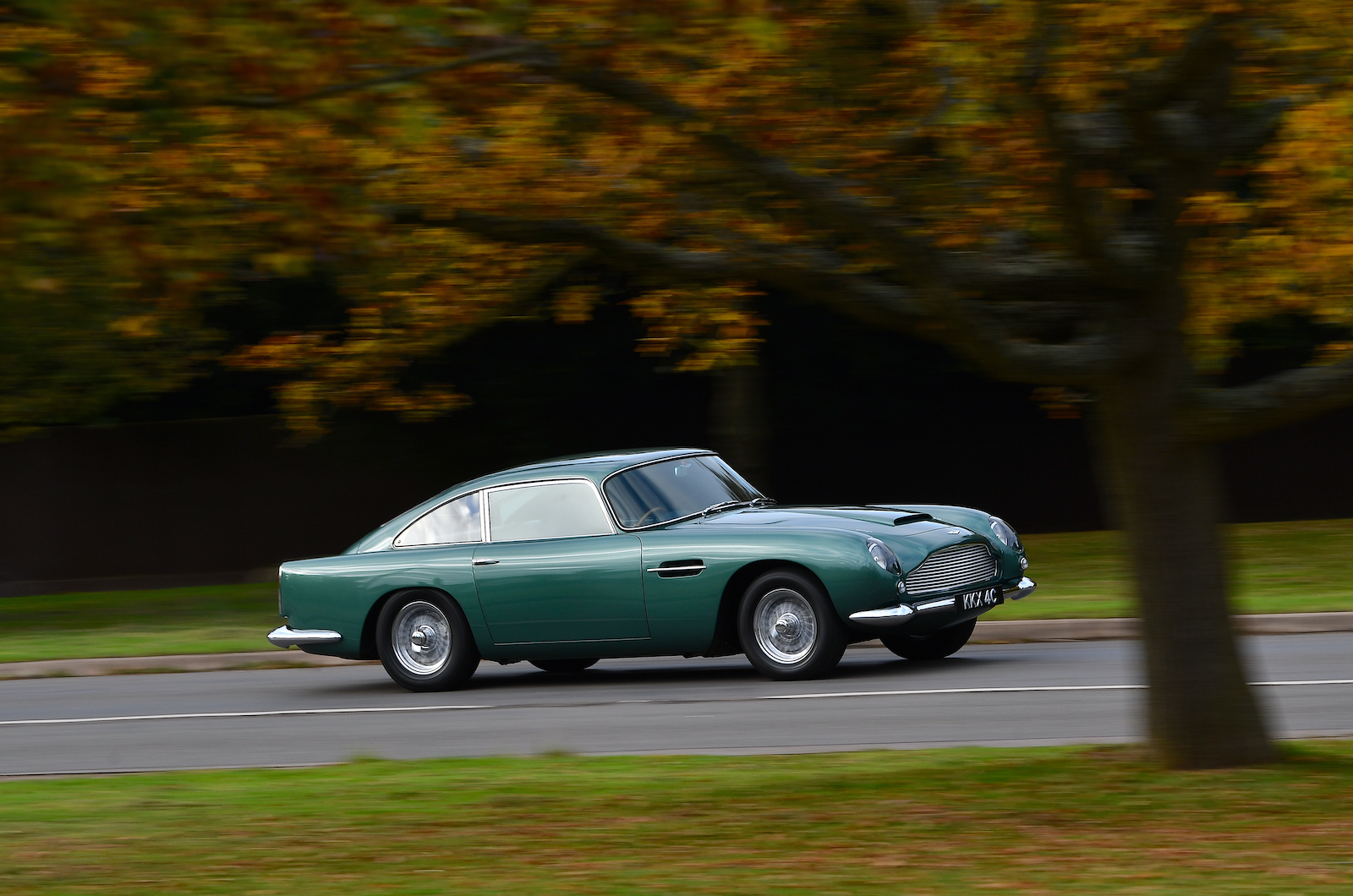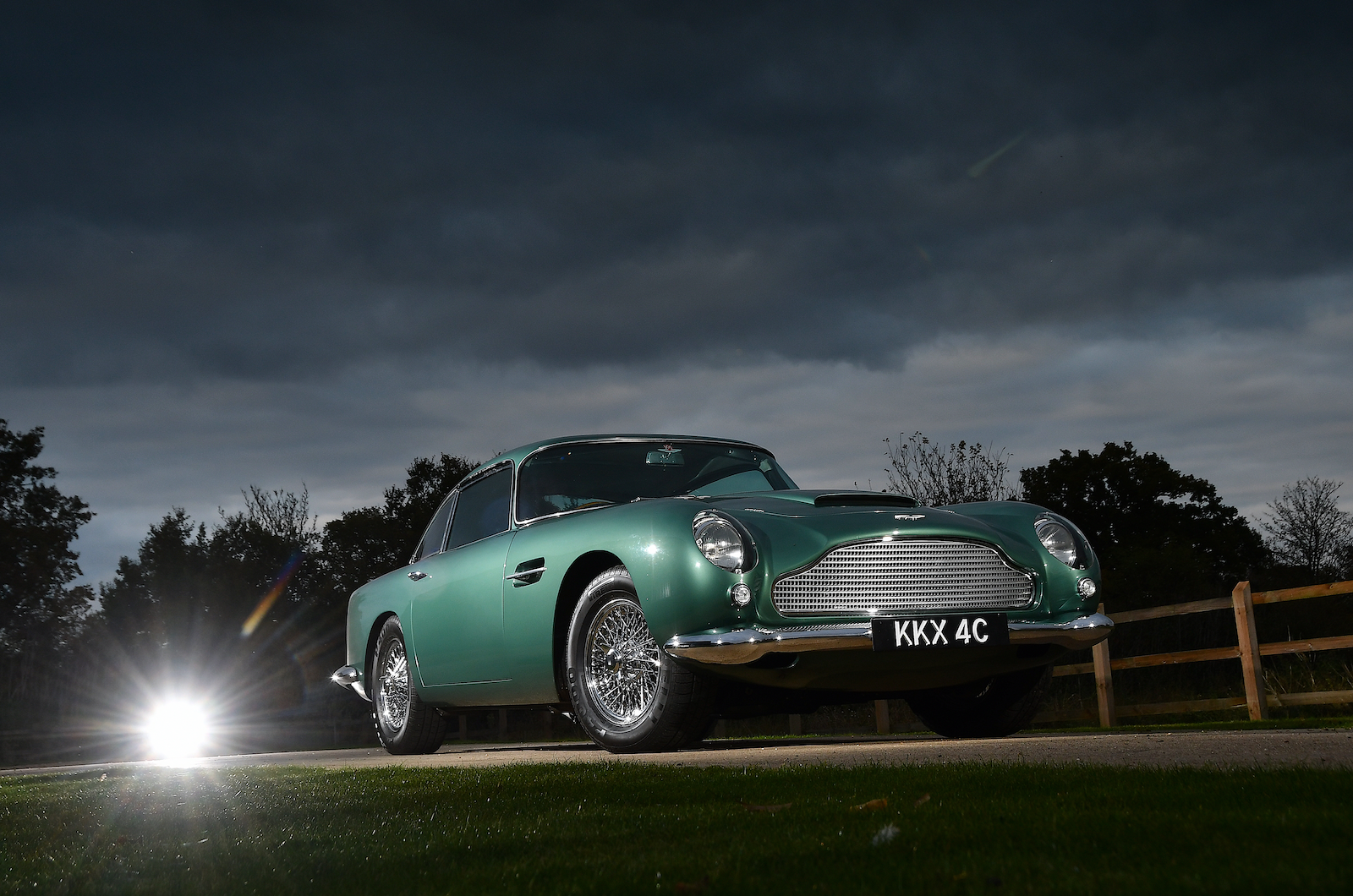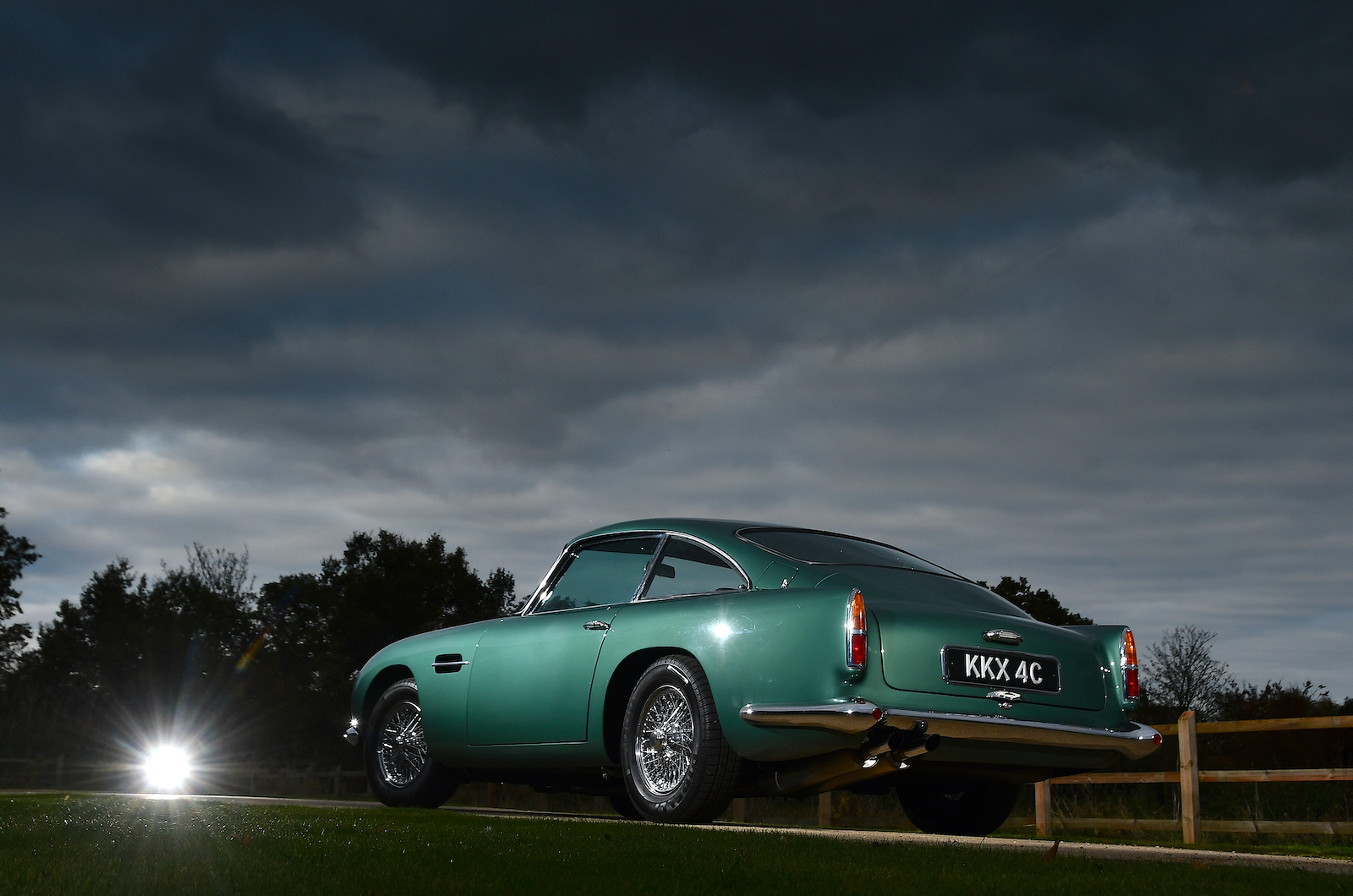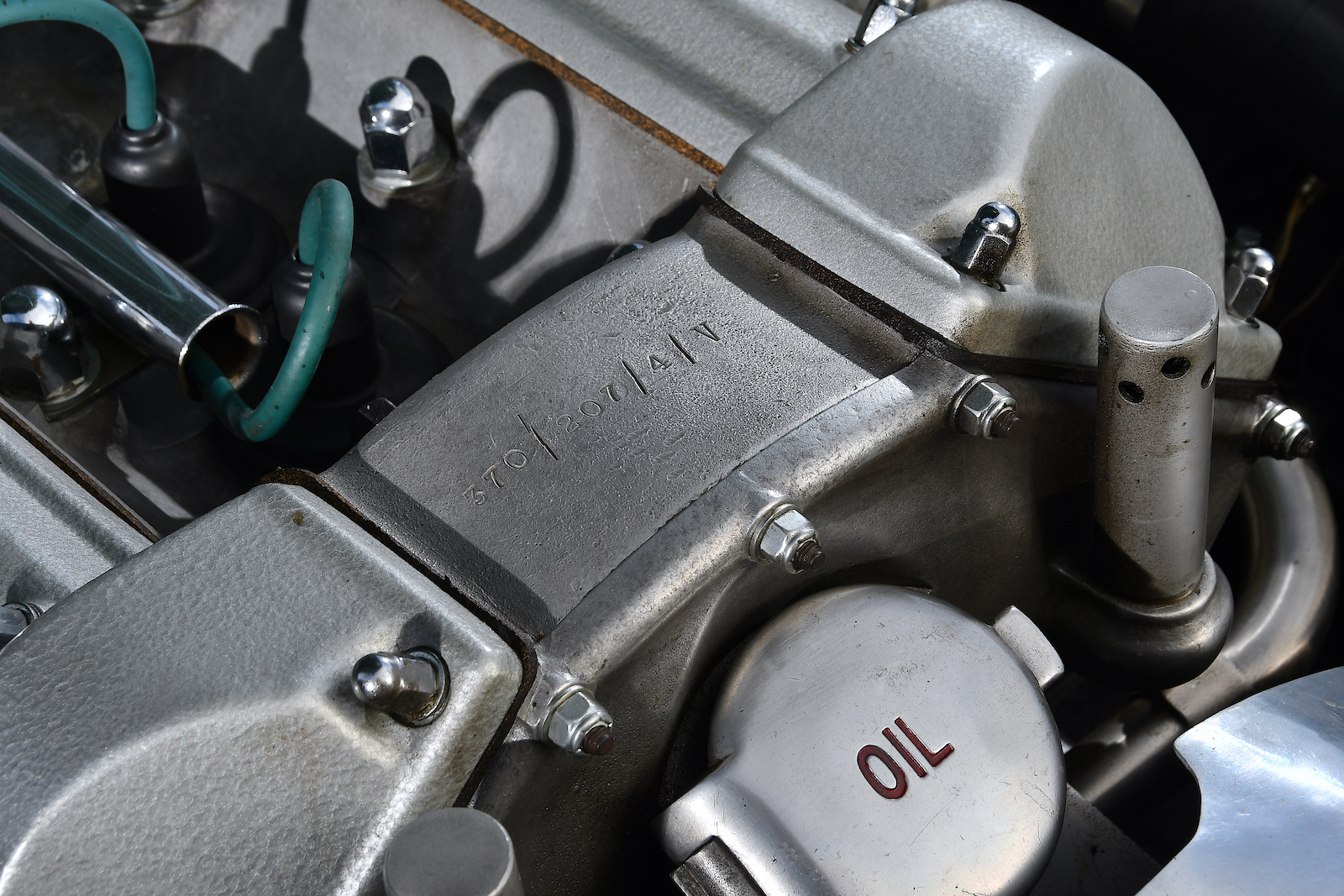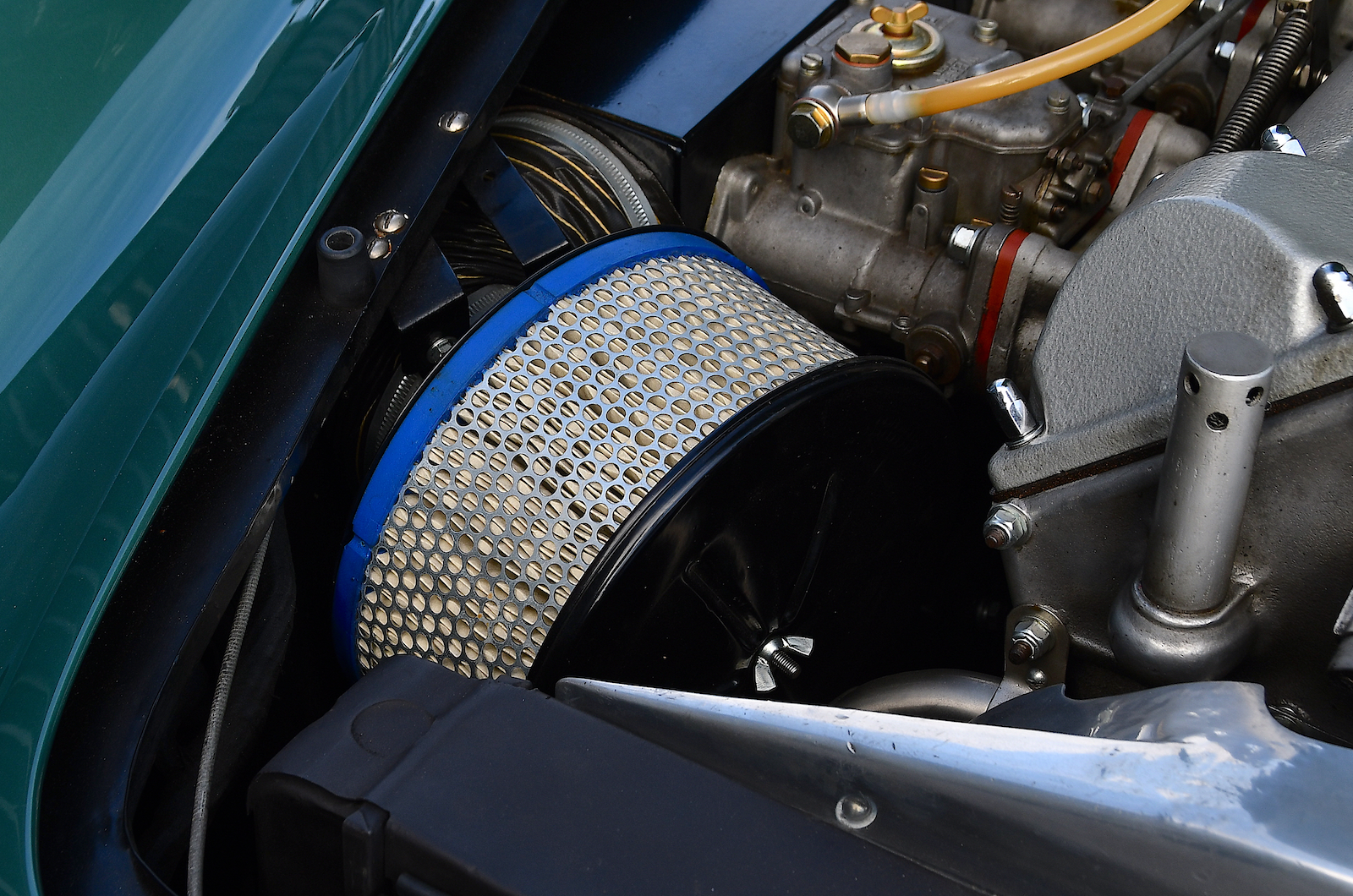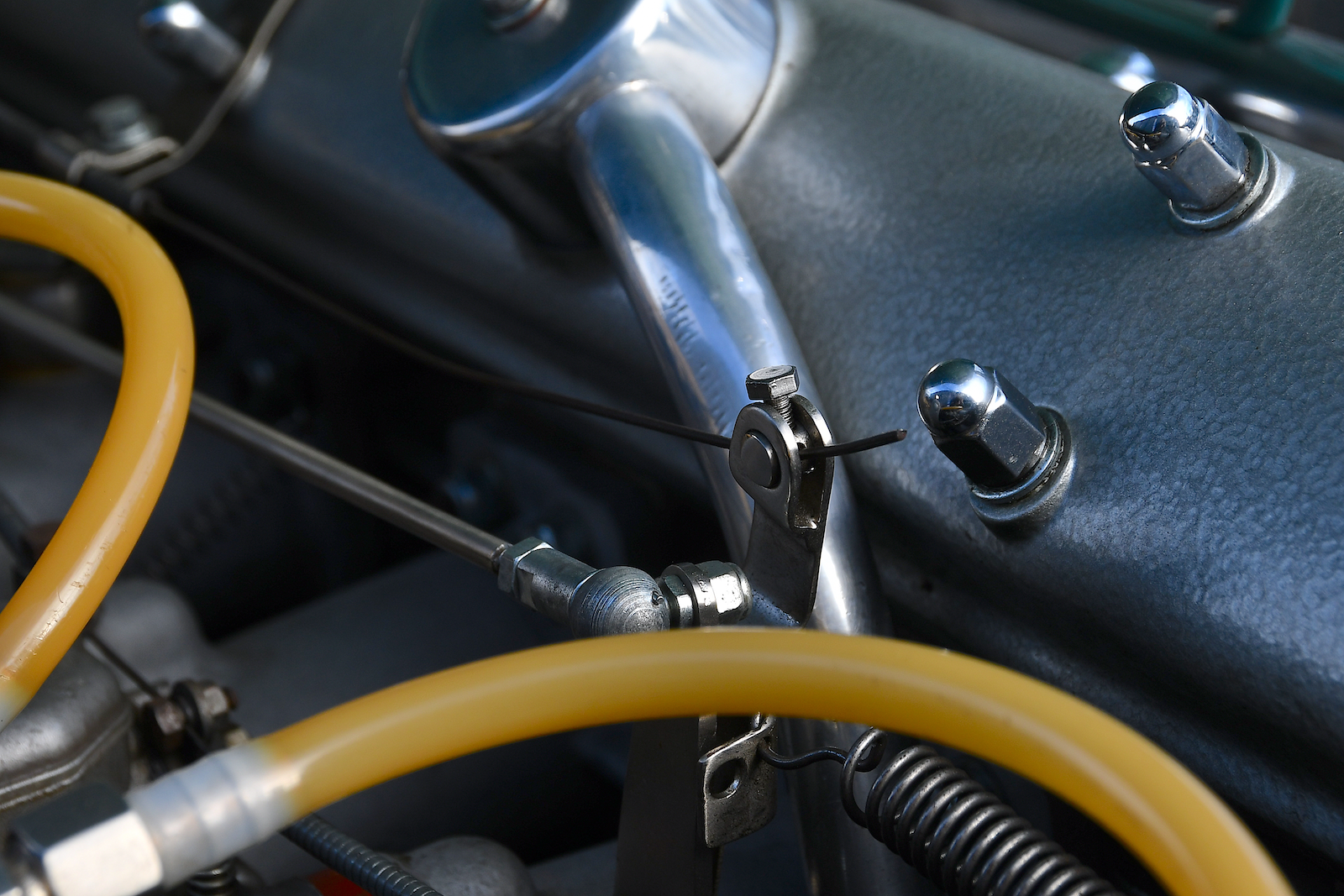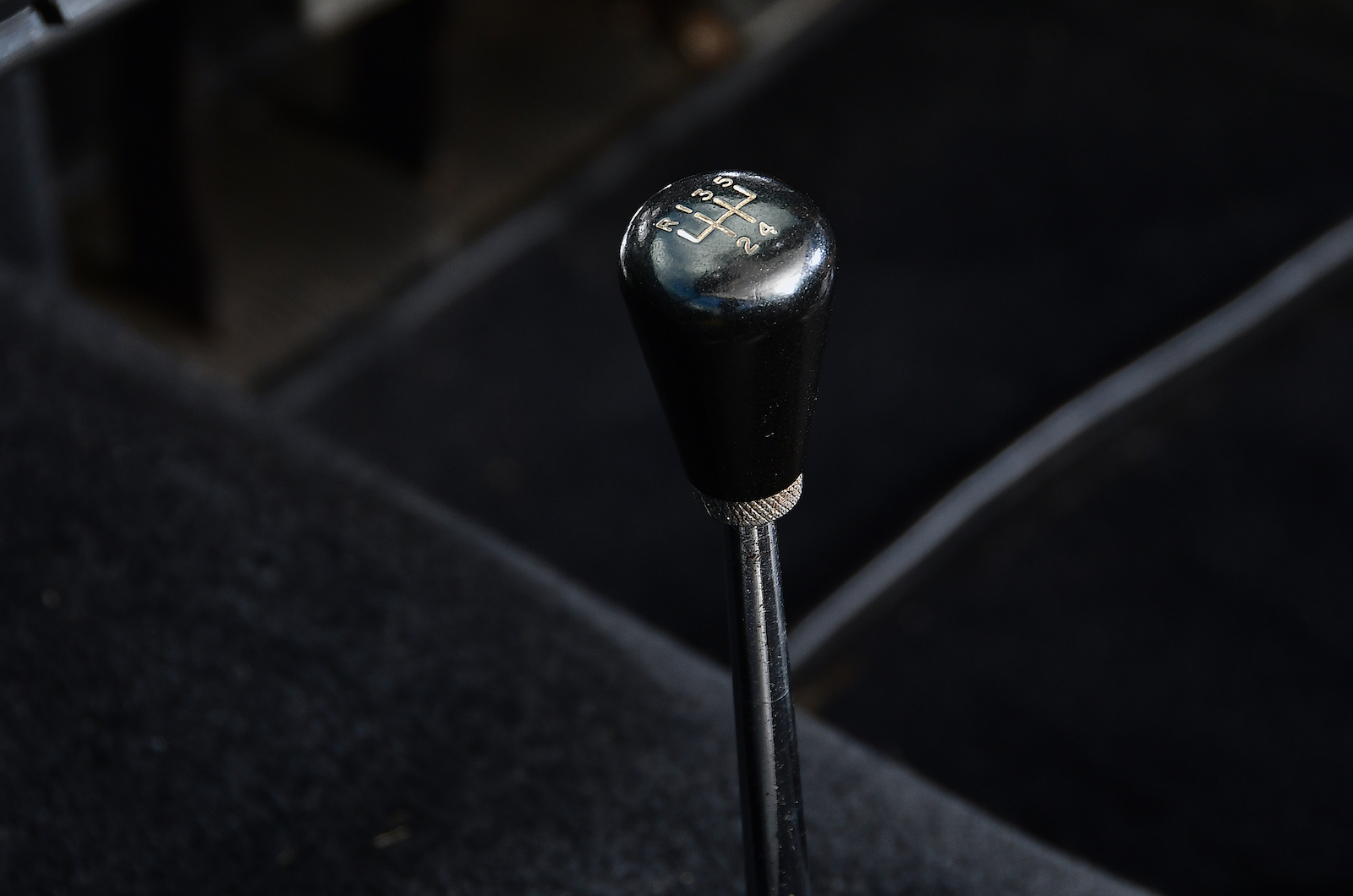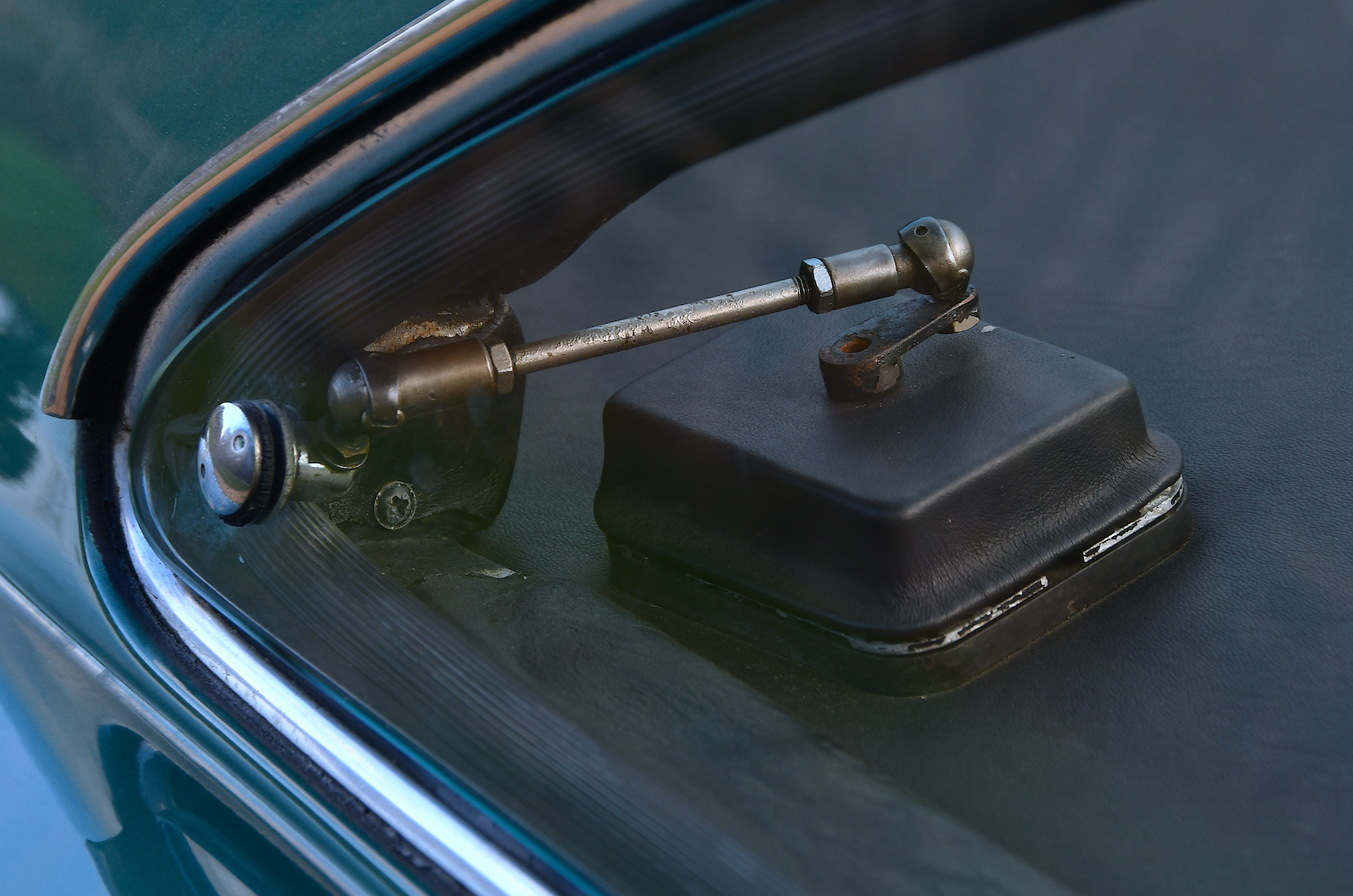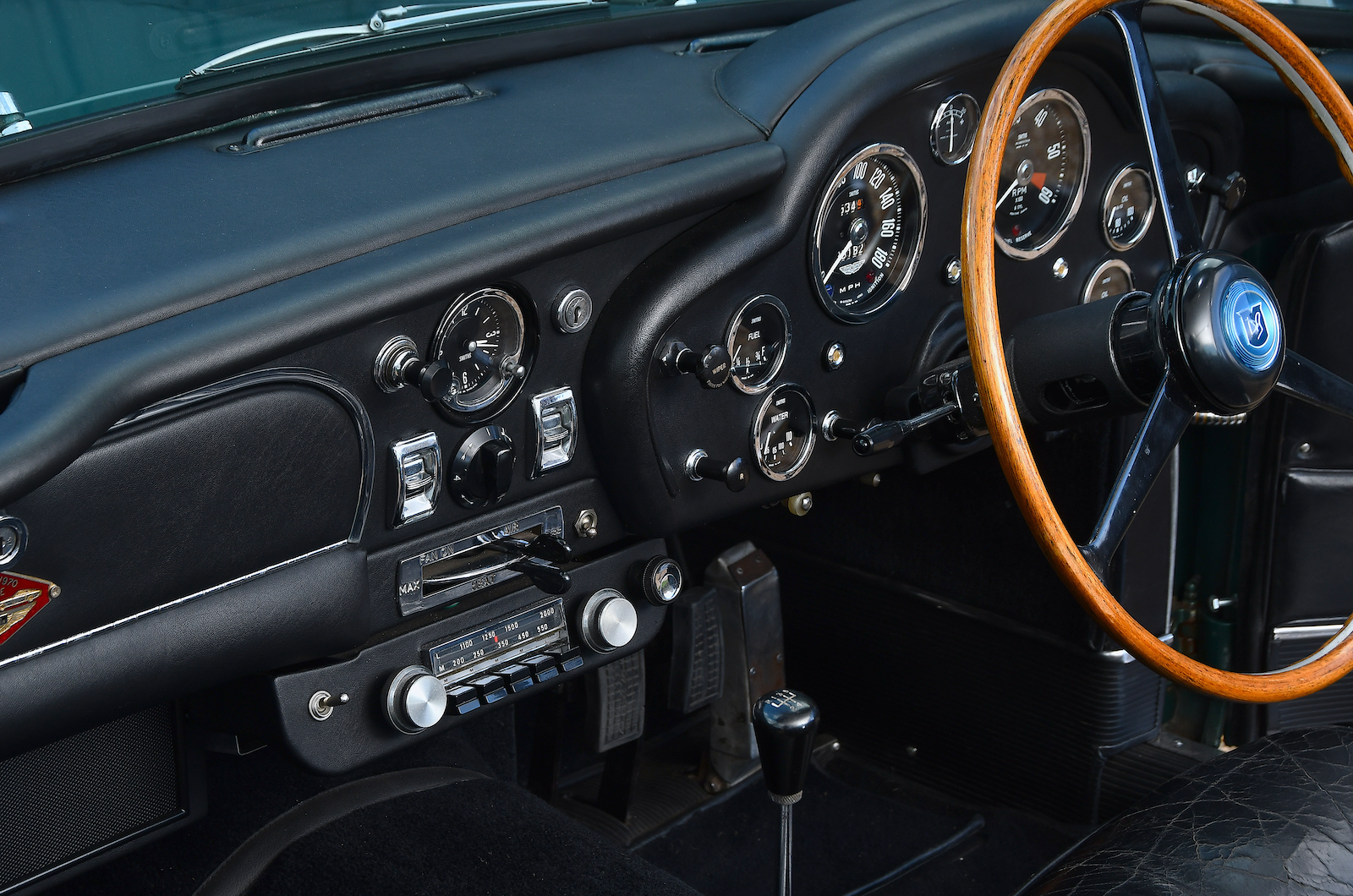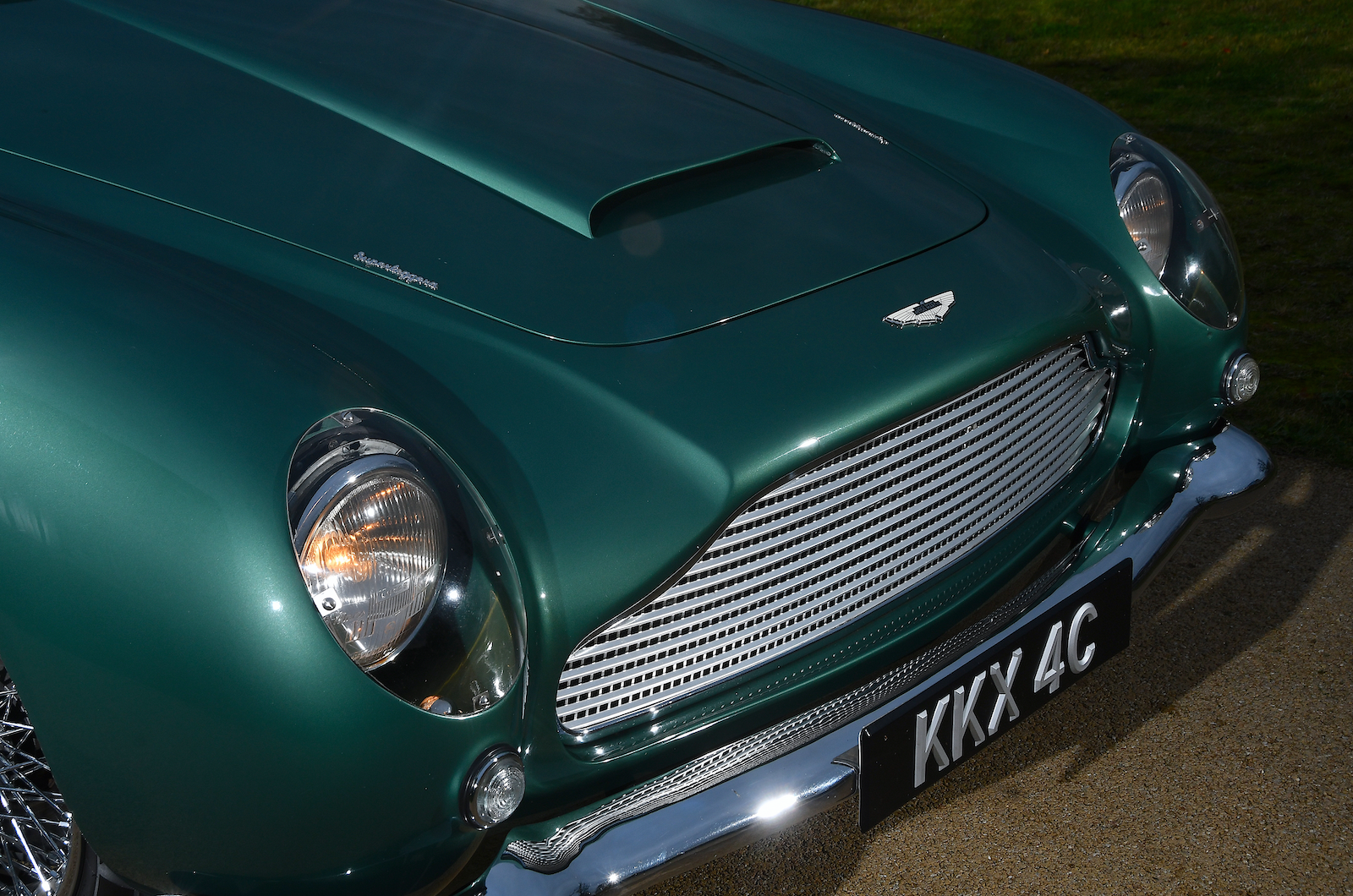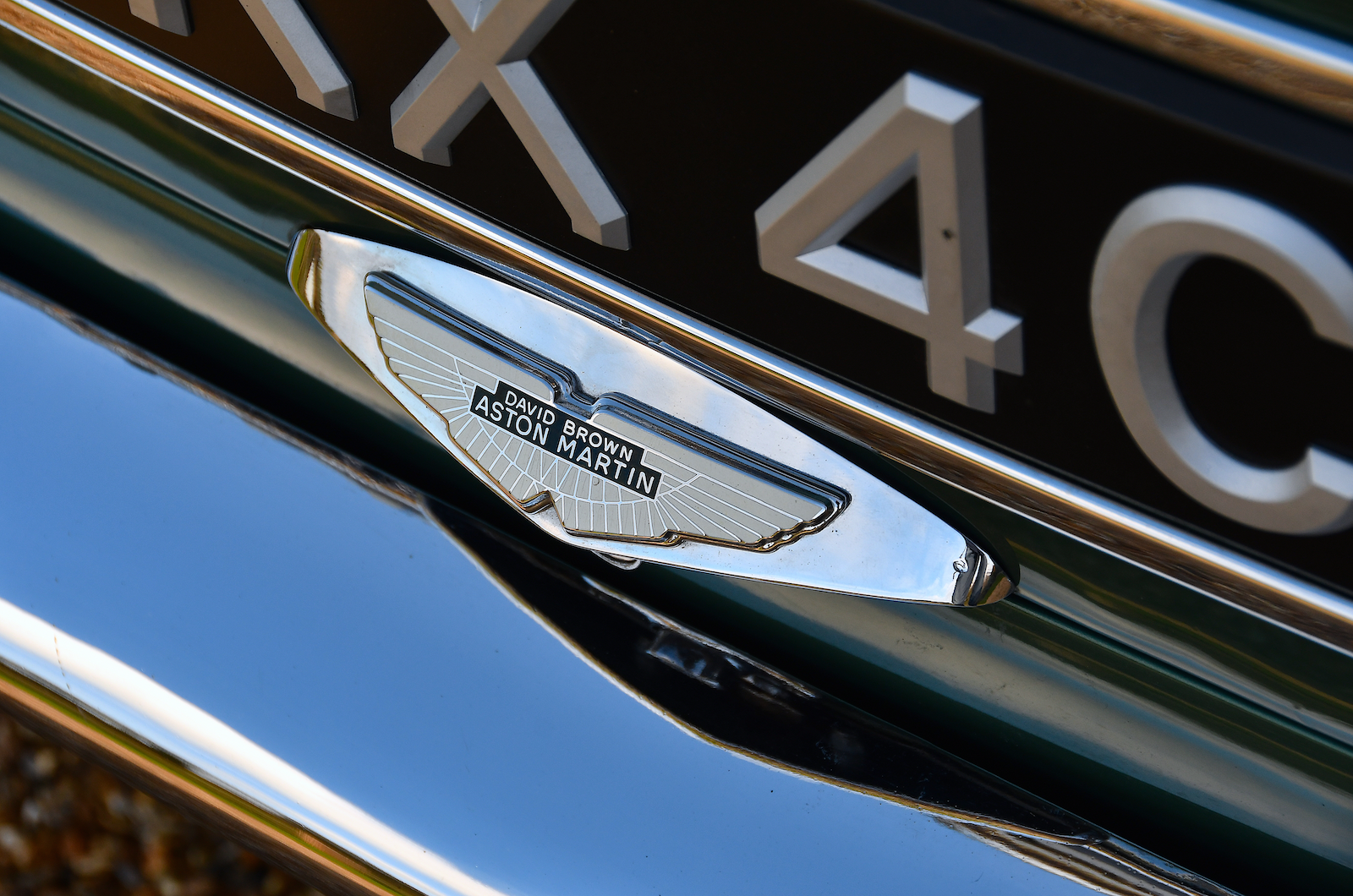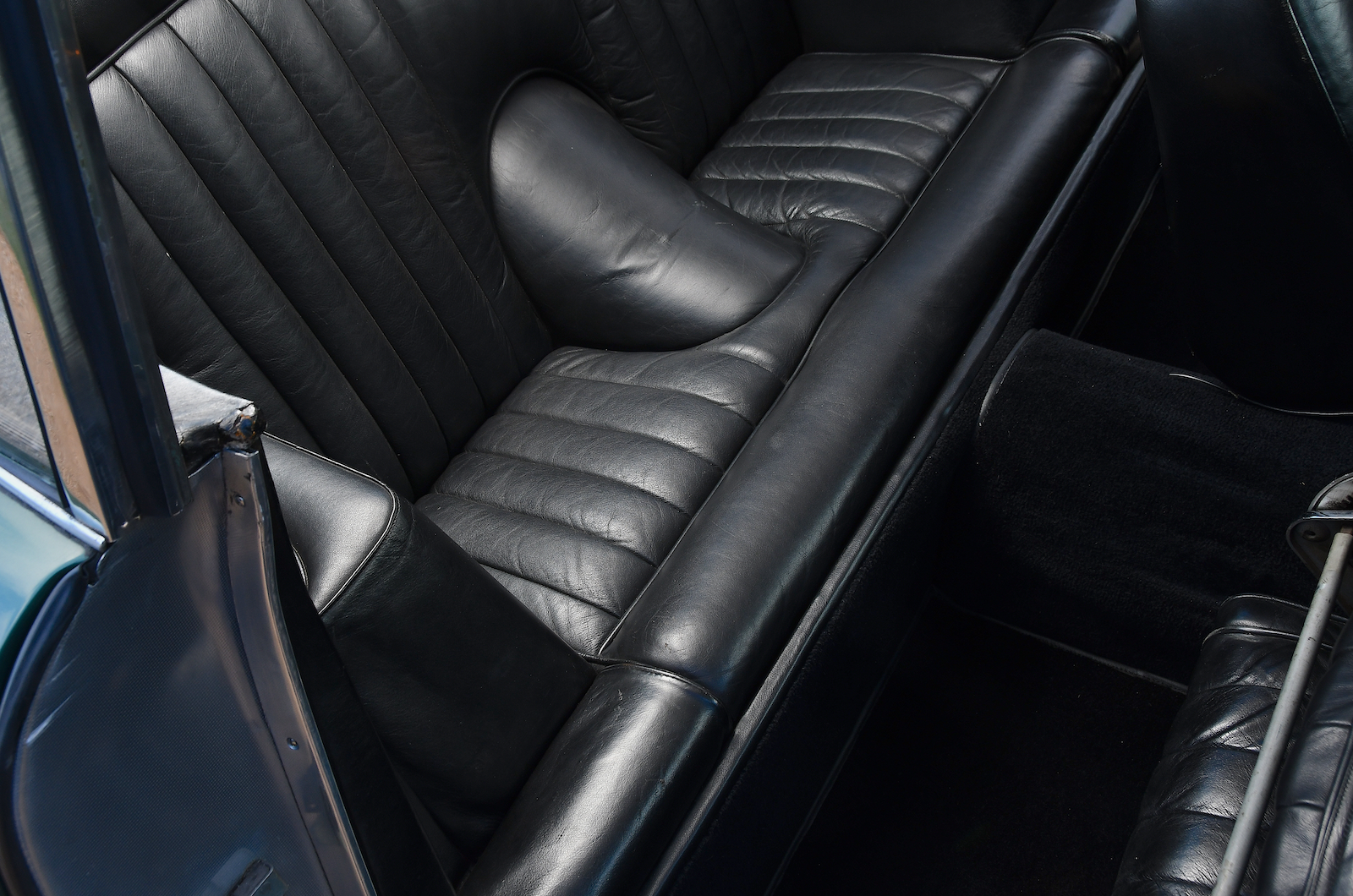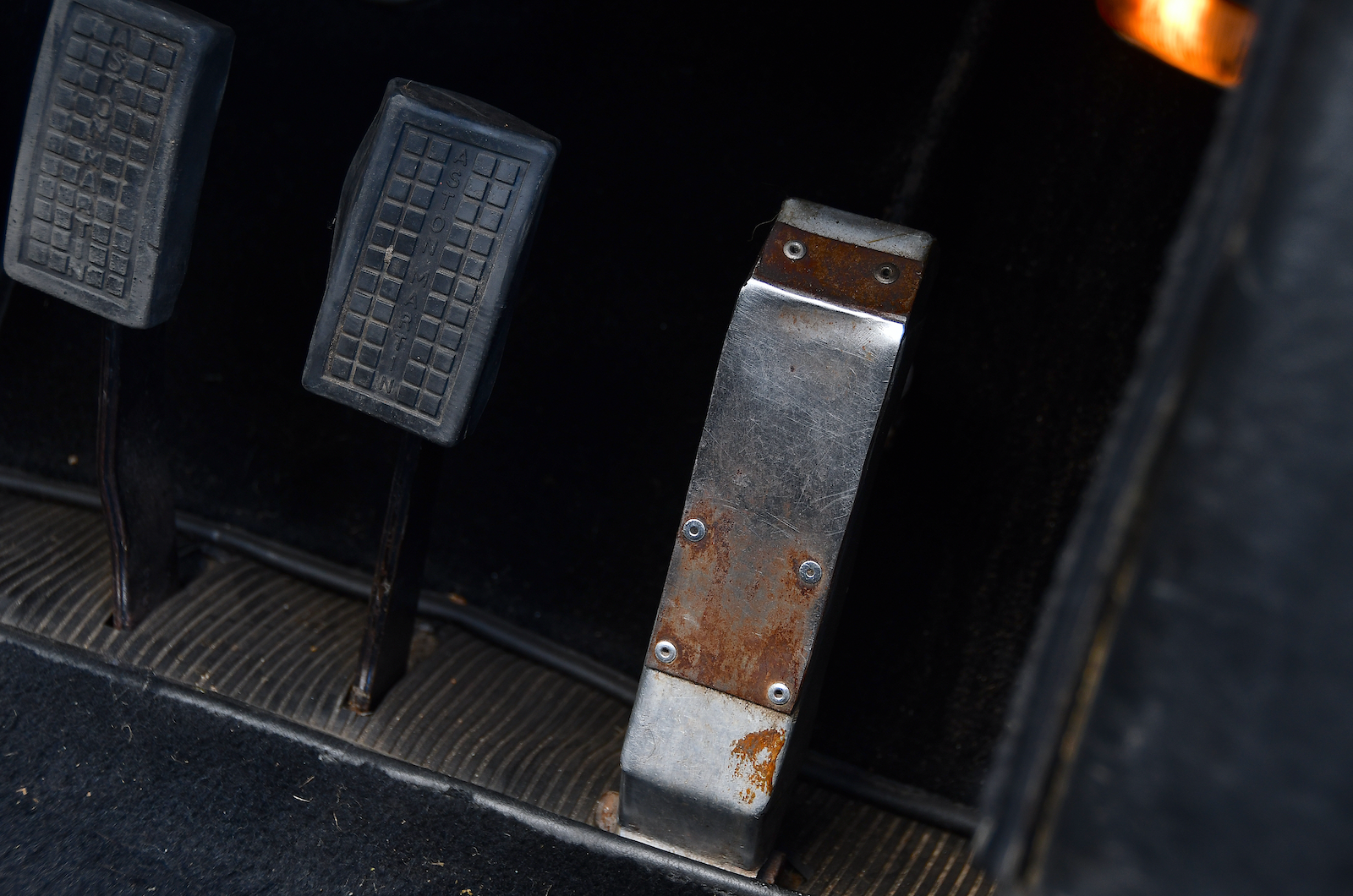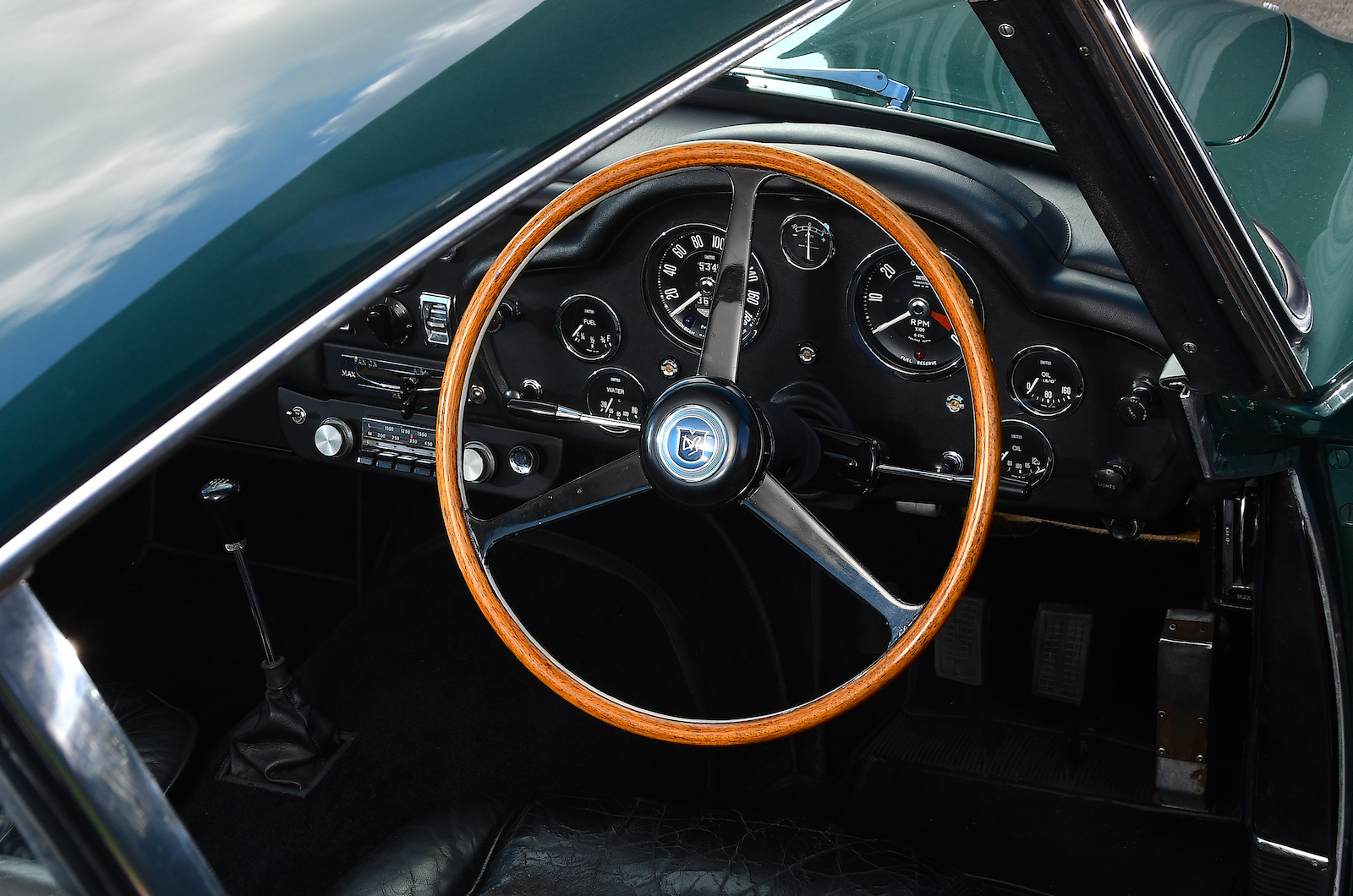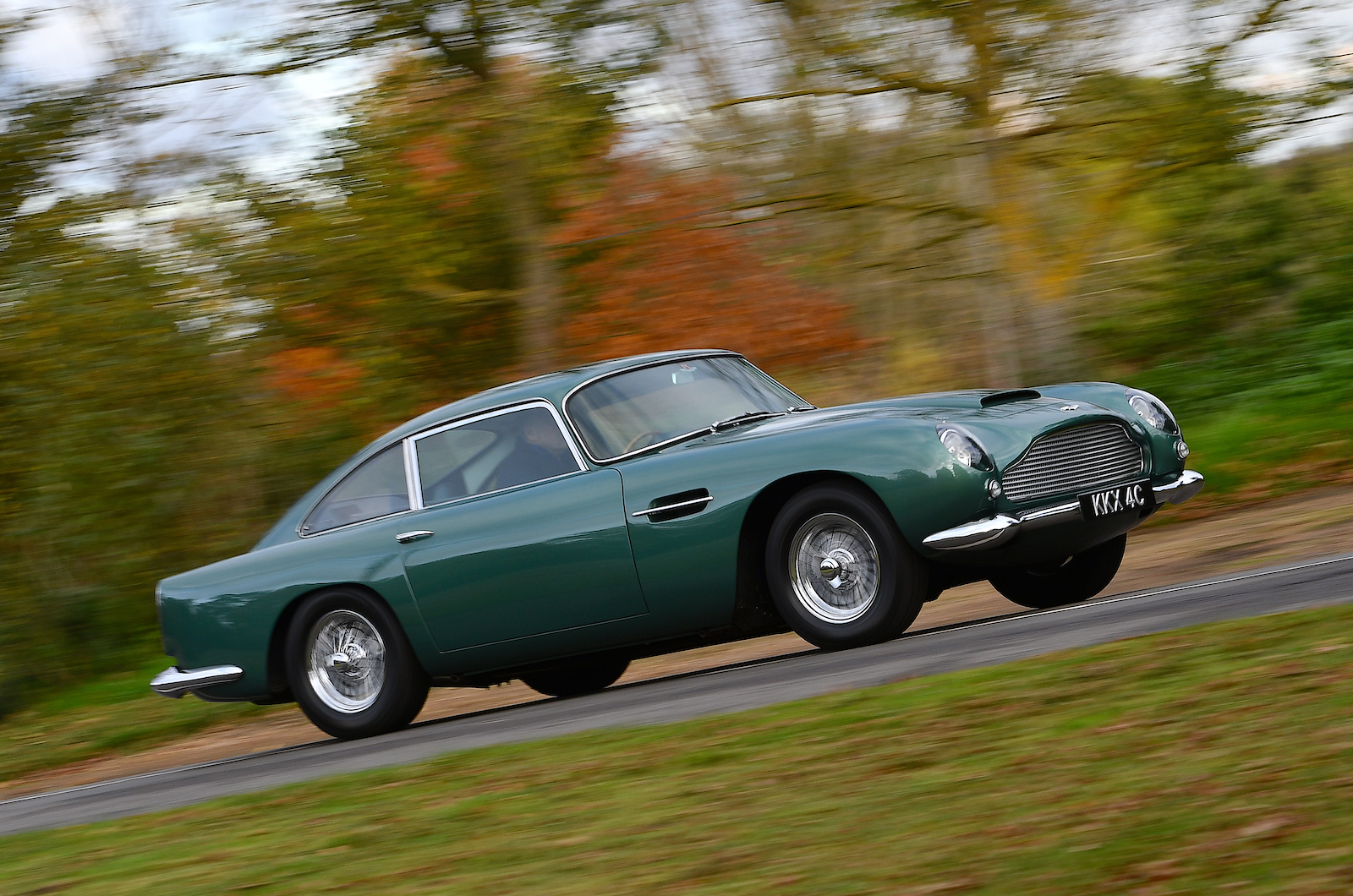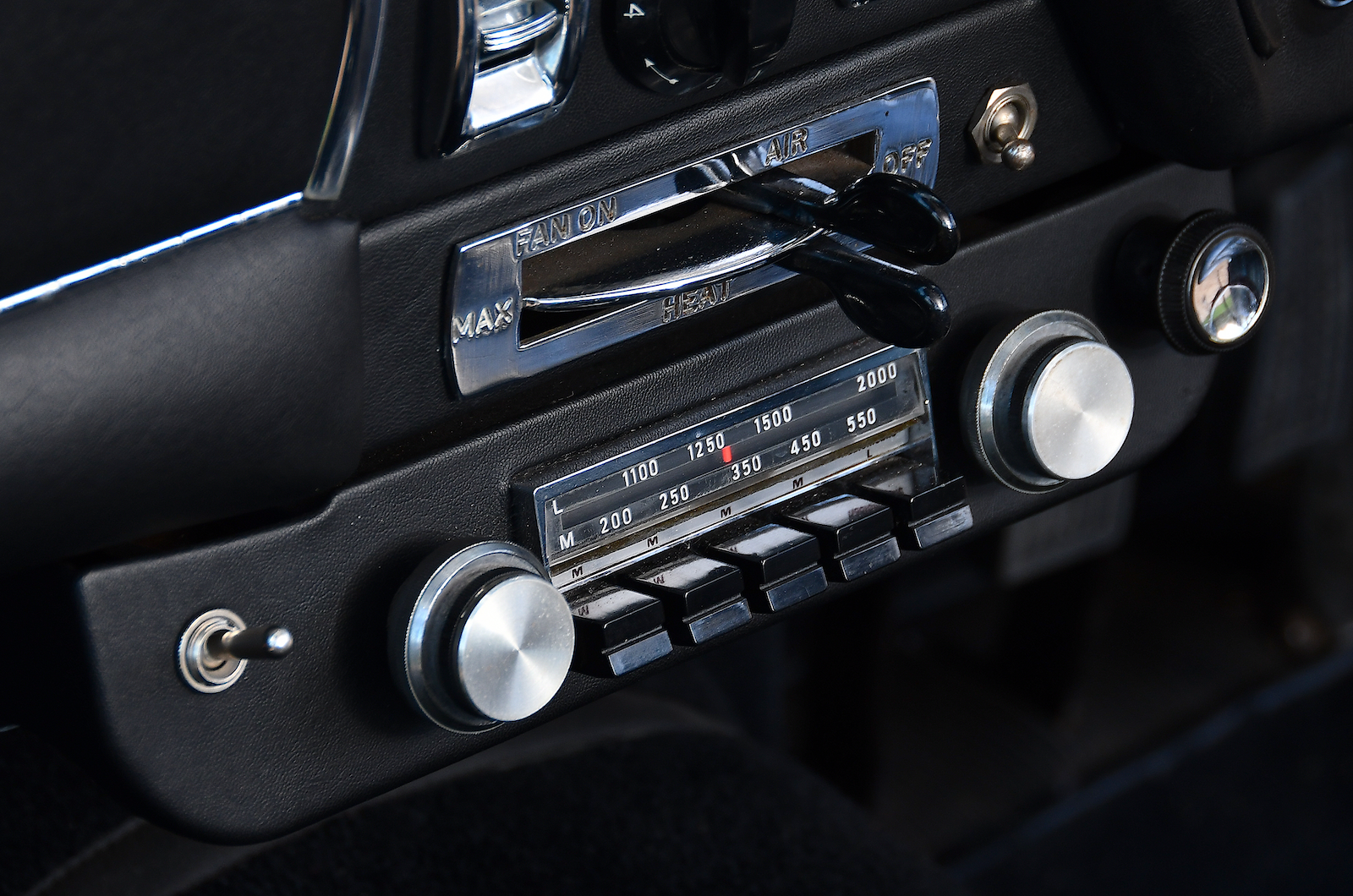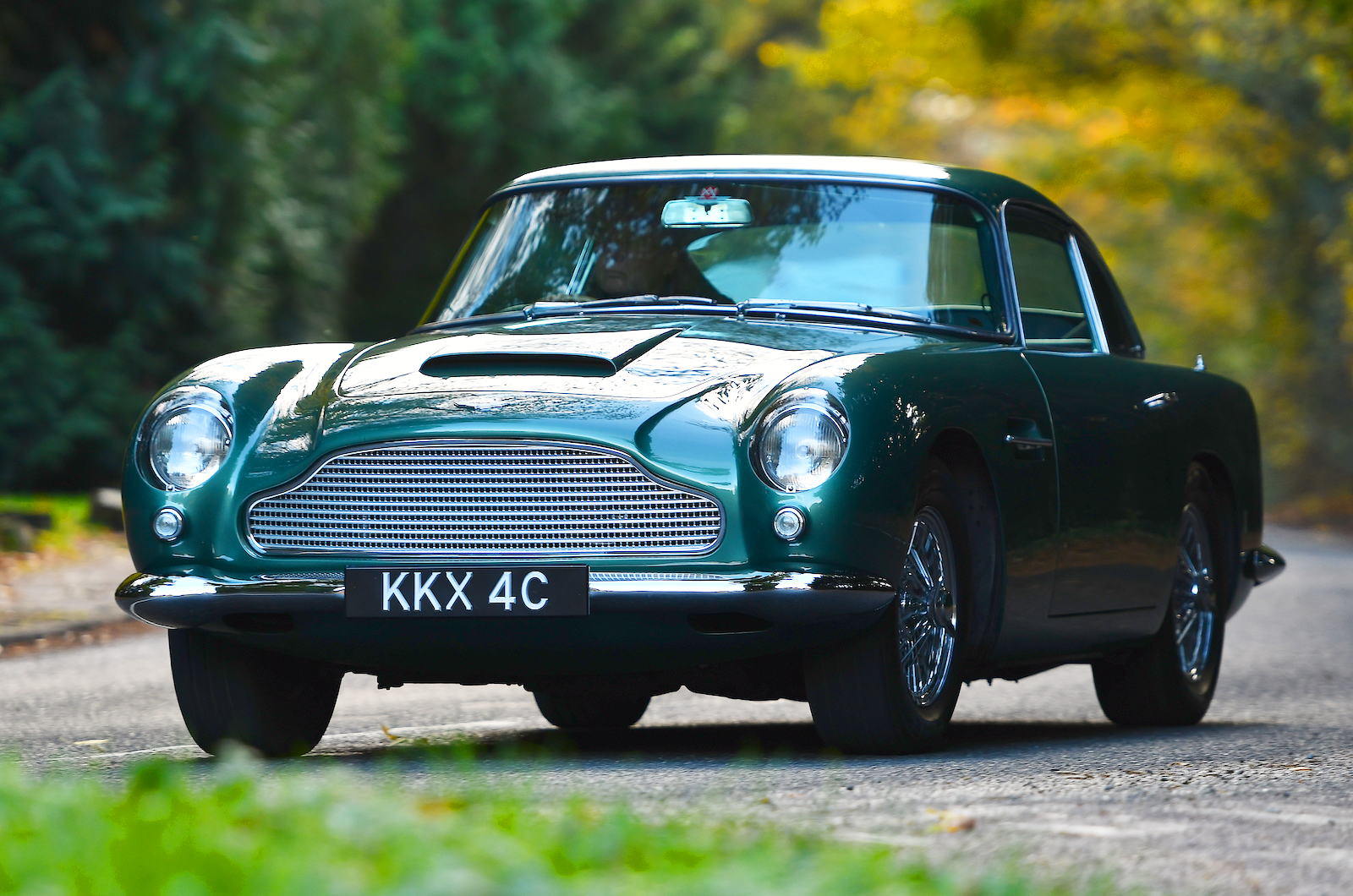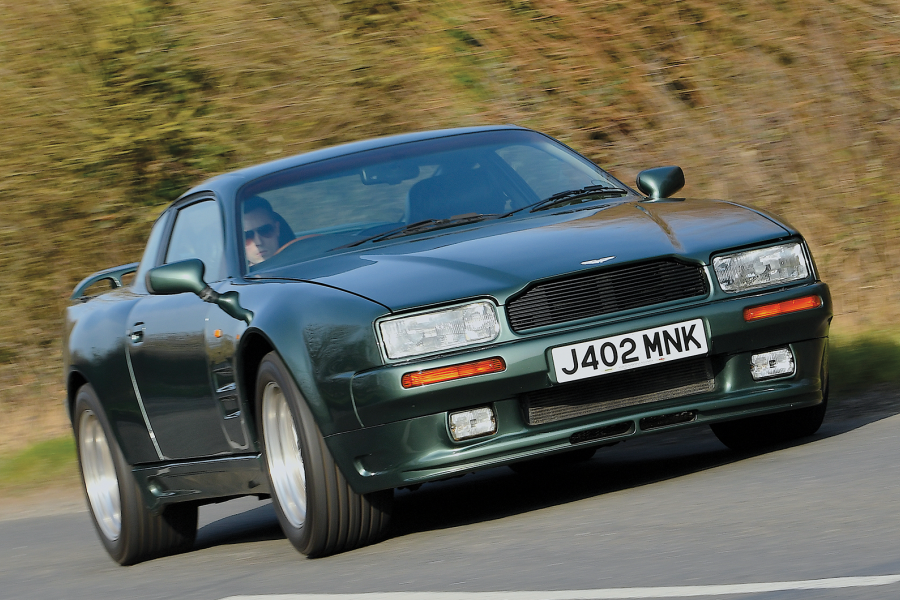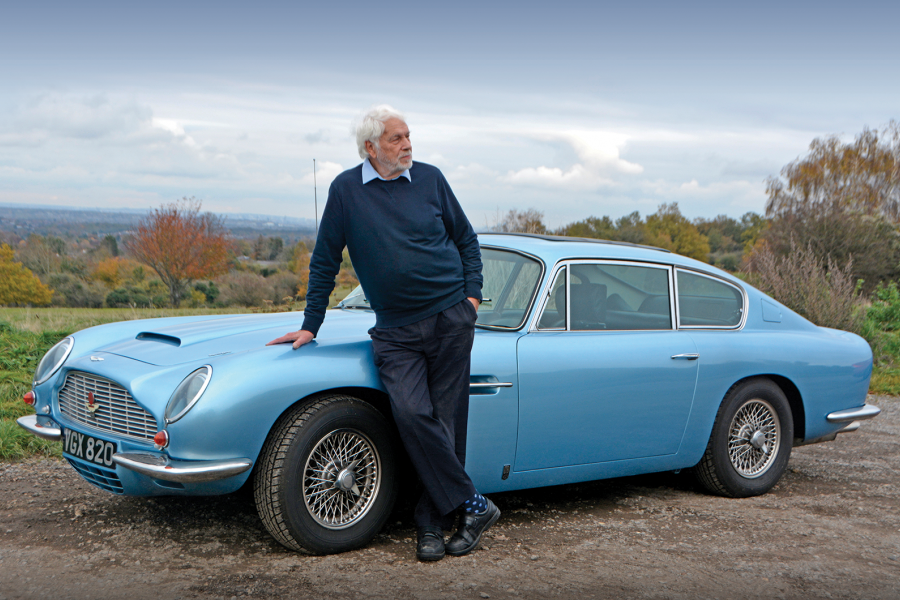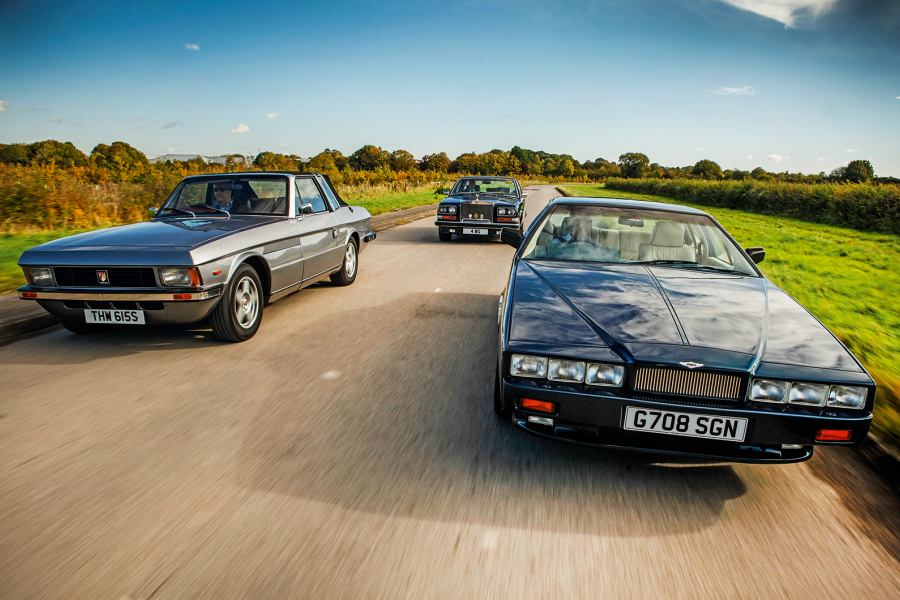You quickly warm to the strong, four-wheel disc brakes – more than a match for the weight and power – and the short, precise, no-nonsense action of the gearbox with its close ratios.
The relative heft of the clutch and the steering is also soon forgotten: the car steers so precisely and with a high-geared faithfulness – sometimes revealing itself with kickback through the wheel – and no understeer to speak of.
You subliminally negotiate medium- and high-speed curves using a combination of buttock cheeks and right foot in a car that could never be described as dainty, but one that is forgiving, stable and satisfying.
The cost of experimental modifications is expected to have been almost as much as a new DB4
The engine is intrinsic to its character and the product of an age when a single individual could be trusted to assume responsibility for the most complicated and expensive element of a motor car that is already just that.
Tadek Marek retained KKX 4C until he retired to Italy, aged 61, in 1969.
Ownership then passed to his business partner, James Nicholson, and eventually to its most recent long-term custodian, Robin Cook, in 1974.
At any point since then Cook could have turned this car into yet another boiled-sweet restoration.
During his custodianship, Cook maintained and took great care of this historic Aston Martin
Instead, he understood and respected its history by simply maintaining it fastidiously.
How you put a monetary value on that history is open to debate (the phrase ‘only original once’ springs to mind), but whatever judgement Cook came to feel for the car’s intrinsic worth was spot-on, because KKX 4C was sold before Aston Martin specialist Nicholas Mee even had a chance to advertise it.
Images: John Bradshaw
Factfile
Aston Martin DB4 Series 1 (standard S1 specification)
- Sold/number built 1958-’63/1204
- Construction steel chassis, tubular steel body frame and aluminium panels
- Engine all-alloy, dohc 3670cc straight-six, twin SU carburettors
- Max power 240bhp @ 5500rpm
- Max torque 240Ib ft @ 4250rpm
- Transmission four-speed manual, RWD
- Suspension: front independent, by wishbones, telescopic dampers, anti-roll bar rear live axle, trailing arms, Watt linkage, lever-arm dampers; coils f/r
- Steering rack and pinion
- Brakes discs
- Length 14ft 9in (4496mm)
- Width 5ft 6in (1676mm)
- Height 4ft 4in (1334mm)
- Wheelbase 8ft 2in (2489mm)
- Weight 3070Ib (1393kg)
- Mpg 15
- 0-60mph 8.5 secs
- Top speed 141mph
- Price new £4084
- Price now £500,000-1m*
*Prices correct at date of original publication
READ MORE
Building the perfect Aston Martin DBS V8
Aston Martin vs Maserati over the years
Life imitates art: AC Aceca vs Aston Martin DB MkIII
Martin Buckley
Senior Contributor, Classic & Sports Car
